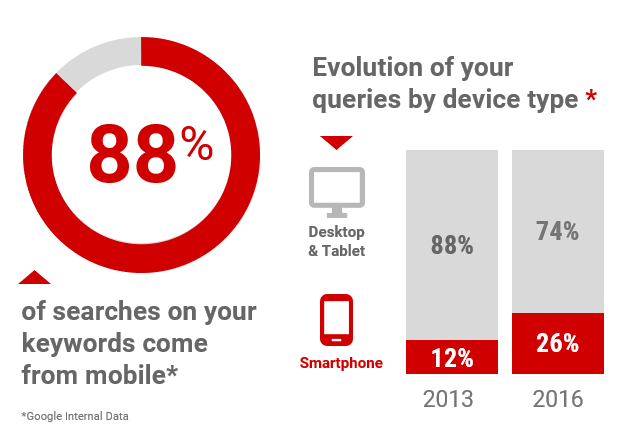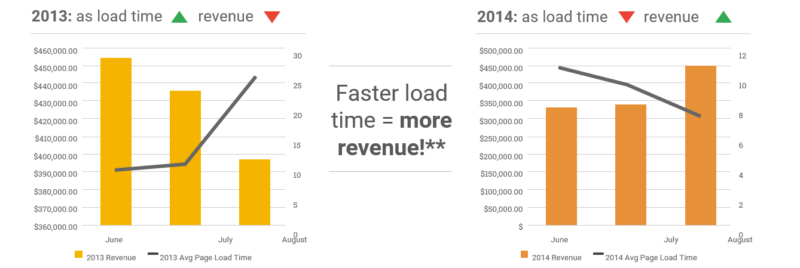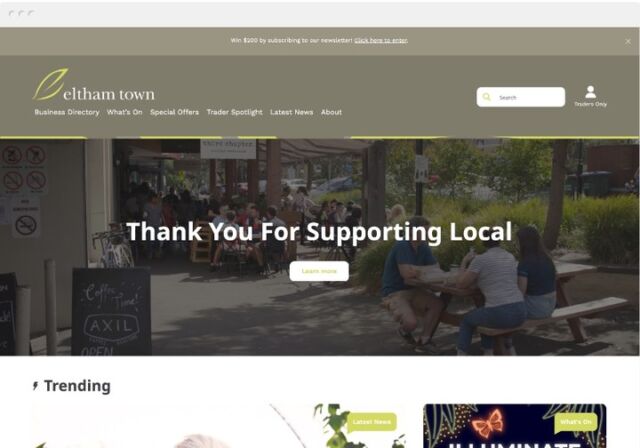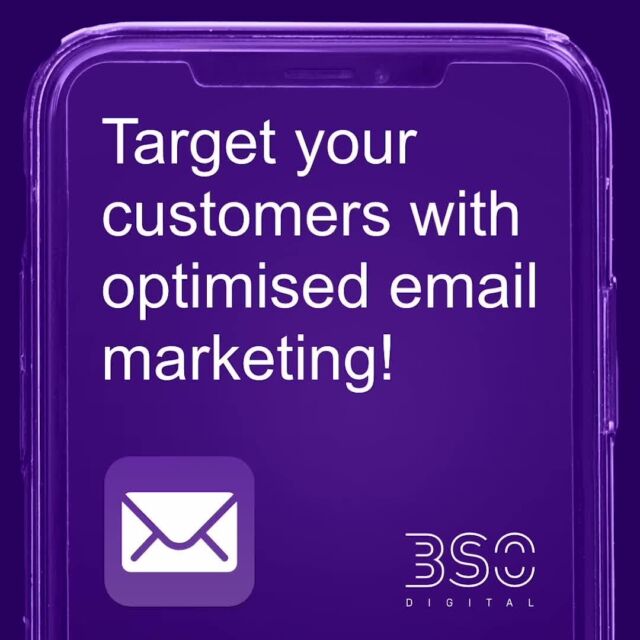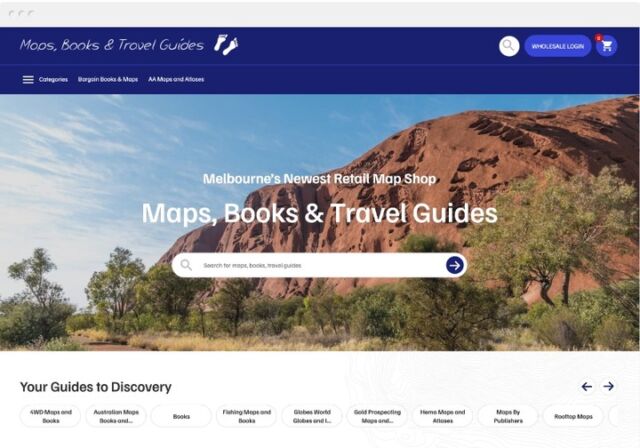Users unfortunately have a short attention span. These days we all expect things to happen instantly. The longer we have to wait the more frustrated we can become. And this is no more apparent than in the digital realm. A recent study shows that 53% of visitors will abandon a website if it takes more than 3 seconds to load. As users migrate to mobile, with over 80% of Australians using a smartphone as their primary access to the internet, page load time is one of the most important metrics we have. If your webpages can’t load fast enough, you simply won’t be able to compete. Consumer expectations are extreme. And with mobile becoming a more important platform than ever, the speed of your website is incredibly important, as is having a mobile friendly website.
Why a Mobile Friendly Website?
Many people ask us why we have a focus on mobile optimisation. In fact, all of our websites are mobile responsive for the very first design. This is because your potential customers are actively searching for you on mobile. 88% of searches for your keyword terms will come from mobile. But users won’t engage and, more importantly, won’t convert is your site load time is slow.
User Experience
Let’s look at the nitty, gritty figures. A 1 second delay in load time can result in an 8% increase in bounce rate. If users aren’t staying on your webpage – or website – then you have no hope of converting them into customers. Which leads us into conversion. A 1 second delay in load time can result in a 7% or more decrease in conversions.
Impact to Your Revenue
If your website is not converting visitors into customers then you are definitely going to see a revenue impact. It has been found that a 1 second delay in load time can result in a 2.1 decrease in cart size. This means customers are going to buy less – or not at all – if they feel your website is slow.
Check out the case study below. It shows how a faster mobile site means more potential revenue. As you can see, as page load time decreased, revenue went up. But when page load time increased, revenue dropped. You need to seriously consider how load time is affecting your bottom line.
The Framework for Faster Mobile Sites
It is important that your website gives a good first impression. The goal is to ensure your website loads in 3 seconds or less. Customers want to see the visible content in the “above-the-fold” area as soon as possible. To improve load speed and conversion, ensure that important content loads first so users can begin reading while the rest of the site loads – but ensure the whole site loads under 3 seconds.
Focus on loading visible content before CSS and JavaScript files. Next, focus on loading content above the fold first, giving users something to read while the rest of the page loads. Finally, enable HTTPS, giving your users valuable security.
So how can we do this?
Reduce the Number of Requests
Requests are the number of resources a browser needs to request from the server to load your website. Fewer requests means a faster load time. It is best to aim for less than 80 requests per page.
In order to improve the number of requests on your page, you can also combine resources so they load together, counting as one resource. Finally, avoid landing page redirects where you can and make the most of leveraging browser caching.
Lower Page Weight
Page weight refers to the number of bytes needed to load your page. Each asset on your page has a weight that contributes to the overall page weight. Obviously lighter pages load faster than pages with a large amount of assets on them. Imagine it as moving to a new home or apartment. The process is faster if you can unpack the most essential items first, you have fewer trips between the moving van and your new home, and the boxes are light – thus easier to move. The goal is a page weight of less than 1mb (megabyte).
To lower your page rate, focus on compressing images and minifying resources. It is important that a page doesn’t load images that the user never sees as this can slow down the load speed. Further on this point, avoid loading the same file twice.
You Need Concatenation
Concatenation is just a very large word for a relatively simple concept. It means placing several strings of text together, one after another. Concatenation, thus, merges multiple files into one, decreasing the number of requests needed to load a webpage. As a result, you have fewer server requests and a far faster load time for your mobile friendly site.
Further, consider combining images into sprites, similar to the manner in which Google presents its search results page list. We’ve all seen the below image before:
A sprite is simply an image made up of many smaller images. Your site then uses CSS to display each part when desired. It saves a lot of load time!
Want to discuss the best way to improve your site load speed? Contact BSO Digital today on 1300 88 4865 or submit a form to get a free quote!

